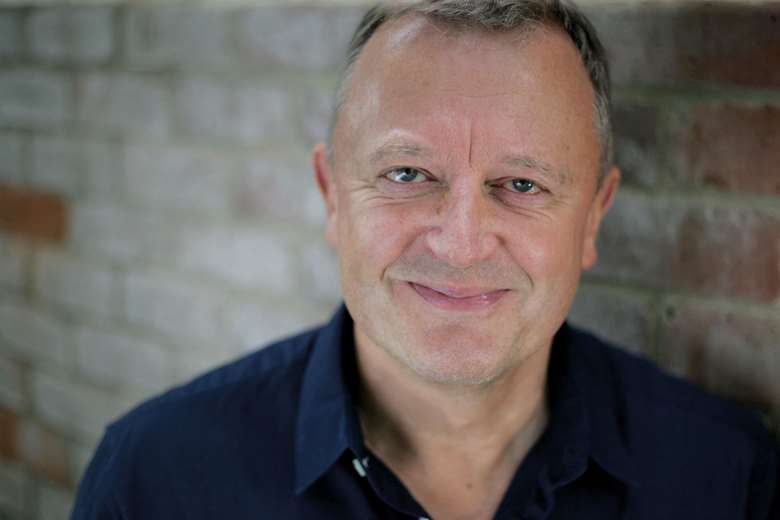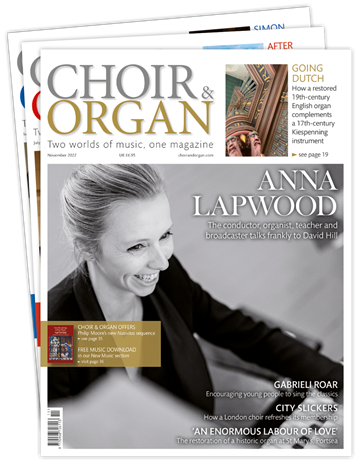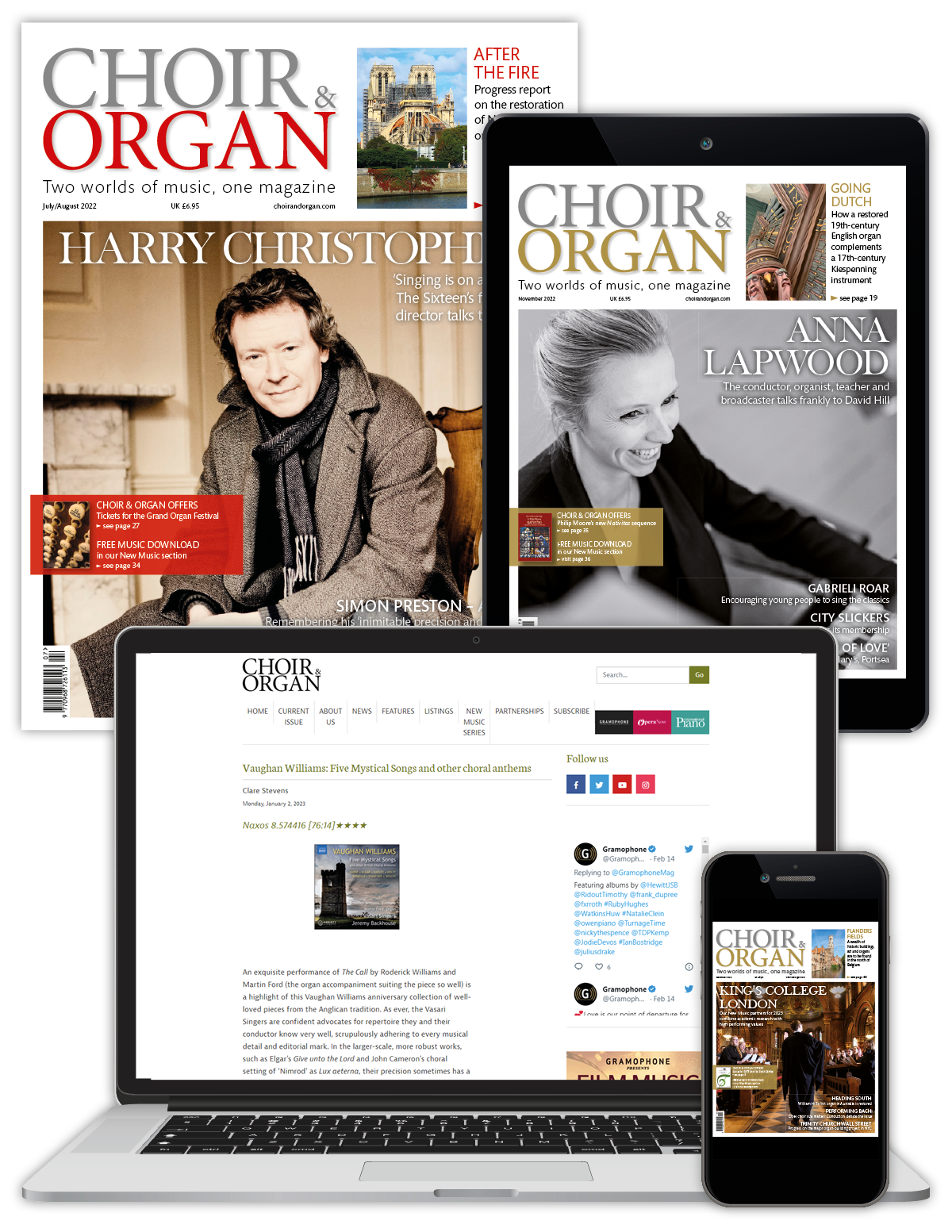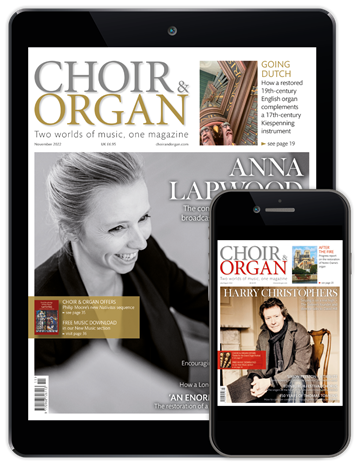Tradition, modernism, and the future of church music
Patrick Hawes
Friday, February 21, 2025
Composer Patrick Hawes introduces his new column exploring the tensions, transitions and timeless beauty of choir and organ music in a changing world

What has grasping nettles got to do with playing the organ or being part of a choir? This is a good question and one which I hope will be effectively answered by this column in forthcoming editions of Choir & Organ. The makeup and preoccupations of our world are changing at an alarming rate and, unsurprisingly, many of us are left with pressing questions and strong points of view which we find difficult, or are even afraid, to express. Unfortunately, outlets for these questions and viewpoints are limited, particularly if they go against persuasive trends in the press and social media. Those who play the organ – or those who simply have a great love for the instrument – together with members of choirs and their directors, are certainly not immune from the frustrations caused by such a scenario.
As custodians of such a rich and precious tradition, it is unsurprising that many church musicians come into conflict with modernistic attitudes and techniques
All church musicians acknowledge that the music which they conduct, play or sing is part of a centuries-old tradition rooted in plainsong, the oral history of which reaches as far back as the very first centuries of Christianity. All Western music, from Buxtehude to The Beatles and beyond, owes its existence to those beautiful hymns, prayers and canticles which were chanted throughout the Middle Ages by devout followers of the religious life in the great abbeys of Europe. The five species of counterpoint which underpin the outputs of the great renaissance polyphonists are inextricably linked with plainchant; the twentieth century gave rise to works of monumental spiritual impact – such as Duruflé’s Requiem – which have Gregorian chant at their very root and, in this third decade of the third millennium, Arvo Pärt is just one of many composers who continue to discover the limitless potential of plainsong as a source of musical impetus.
As custodians of such a rich and precious tradition, it is unsurprising that many church musicians come into conflict with modernistic attitudes and techniques. Supporting contemporary composers is as important now as it has always been, but those who select music for choirs may well be wary of repertoire which blatantly contradicts fundamental compositional techniques from preceding centuries. Not only can such music be over-challenging to sing or play, but a prevalence of dissonance and angular melodic lines is so easily able to jar with devout acts of worship and spells of meditation. There is a plethora of contemporary works to choose from, of course, but the fact remains that the clinging tendrils of modernism and post-modernism, set against an increasingly secular social backdrop, continue to give rise to music which many performers and congregations find unmemorable, unapproachable or even distasteful.
This column will not only look at the pros and cons of modernism but also consider the fact that modernism will eventually come to an end. Nothing lasts for ever and, as we ourselves will age and die, and as the seasons will develop, mature and perish, so will all that a body of artists, composers and writers holds dear eventually pass away. A new artistic age beckons despite the hard edges of modernism being so deeply implanted. Heavy and complex, its workings have created a seemingly impenetrable web, held tightly together by a powerful musical establishment.
The social-political climate needed for revolution of the French kind does not exist, and modernism will not quietly die away, allowing itself to be supplanted by the next logical step. The next logical step does not even exist because logic itself has become exhausted. It has nowhere left to go. As with a barren, parched wasteland, all that can provide relief and offer a new future is the power of nature – water, clear and bright, cleansing and renewing. A period of renovation must follow, and nowhere will this be more visible than in the music provided by our choirs and organists whose special gifts have the potential to nourish and replenish the troubled souls of those who will listen.
This article originally appeared in the Spring 2025 issue of Choir & Organ magazine. Never miss an issue – subscribe today






